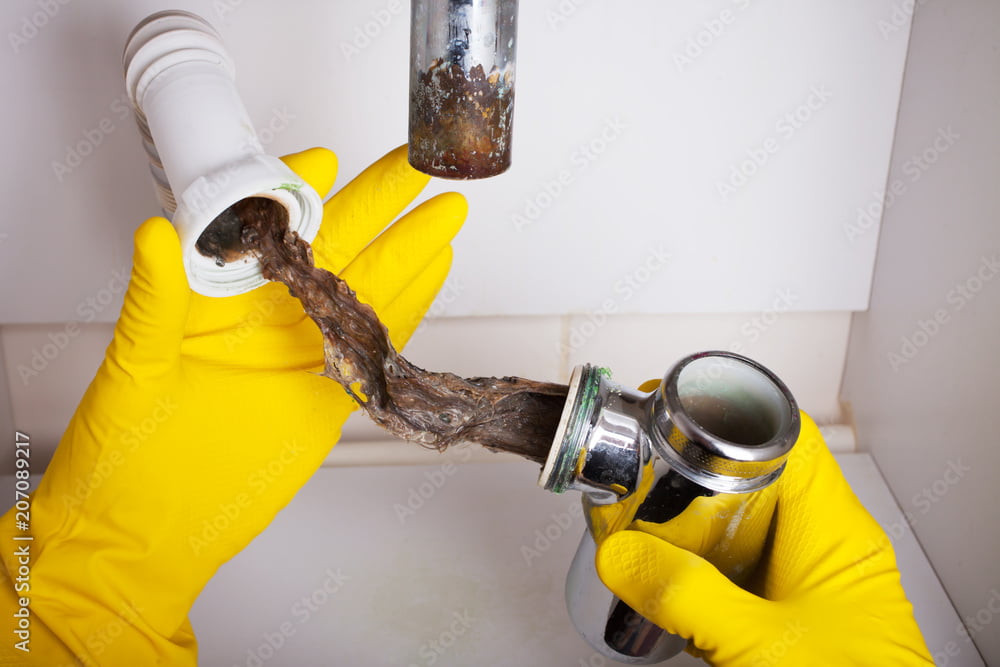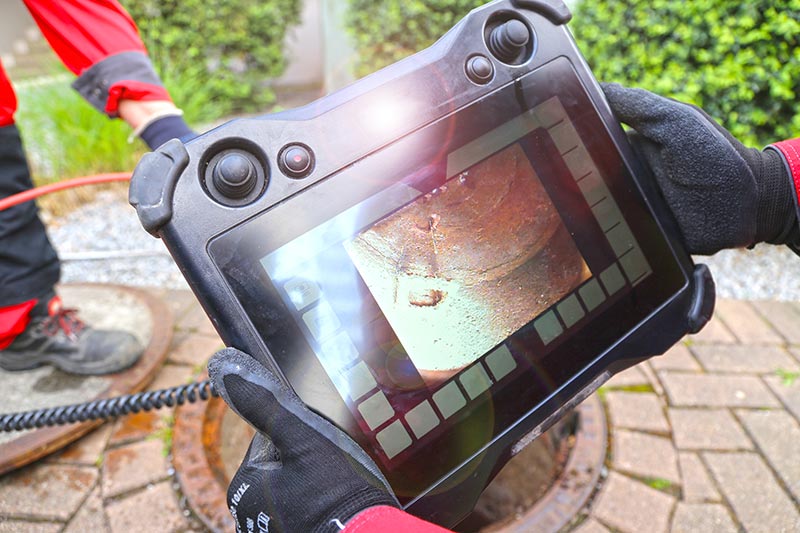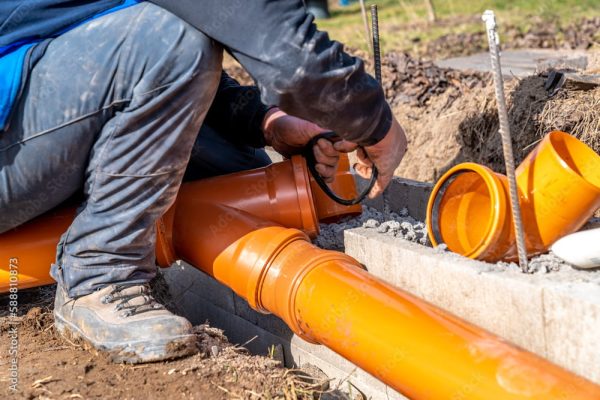Blocked stormwater drains can lead to a myriad of problems, from flooding and property damage to environmental pollution. If you’ve ever experienced a blocked stormwater drain, you know how frustrating and costly it can be. But fear not, because in this article, we’ll explore the causes of blocked stormwater drains, how to prevent them, and the solutions available to tackle this common issue.
From leaves and debris to silt and sediment, numerous culprits can cause a stormwater drain to become blocked. Understanding the underlying causes is crucial in effectively preventing blockages and maintaining a functional drainage system. Whether it’s poor maintenance, tree root intrusion, or inadequate design, we’ll delve into the various factors that contribute to blocked stormwater drains.
Prevention is always better than cure, and when it comes to blocked stormwater drains, taking proactive measures can save you time, money, and headaches in the long run. We’ll explore practical tips and strategies for preventing blockages, including regular cleaning and maintenance, implementing effective drainage designs, and using appropriate filters and grates. By following these preventive measures, you can significantly reduce the likelihood of experiencing a blocked stormwater drain.
Understanding Blocked Stormwater Drains
Stormwater drains gather and move rainwater away from metropolitan areas, preventing floods and waterlogging. Stormwater drains become clogged when debris, leaves, silt, or other items hinder the flow of precipitation, preventing efficient drainage. This obstruction can cause stagnant water, increased flooding hazards, and property damage.
Stormwater drains can get clogged for a variety of reasons. Water flow can be hindered by the accumulation of leaves, trash, and debris in gutters and grates. Drain capacity can be reduced by soil erosion and silt accumulation. Tree roots may get into drainage systems and cause clogs. Furthermore, drainage infrastructure that has been damaged or collapsed due to age or external sources might obstruct the drainage system.
Causes of Blocked Stormwater Drains
- Accumulation of leaves, debris, and litter: In stormwater drains, leaves, twigs, litter, and other material can accumulate, impeding the flow of water and producing blockages.
- Soil erosion and sediment buildup: Soil erosion can occur after heavy rains, resulting in the deposition of sediment and silt in stormwater drains. This deposit can impede water flow and produce clogs over time.
- Infiltration of tree roots into drainage pipes: Water-seeking tree roots can infiltrate and develop within stormwater drainage pipes, causing partial or total blockages.
- Drainage infrastructure that has been damaged or collapsed: Aging or poorly maintained stormwater drainage systems may develop cracks, fractures, or collapse, slowing water flow and producing blockages.
Signs of Blocked Stormwater Drains
Recognizing the indications of blocked stormwater drains is critical for dealing with the problem quickly and preventing severe property damage and floods.
Water ponding or pooling in the yard or on sidewalks: One of the most obvious indicators of a blocked stormwater drain is the collection of water in low-lying areas or on pavements, forming pools or ponding.
Stormwater drain smells: Blocked stormwater drains can cause stagnant water to collect, resulting in unpleasant odours emerging from the drains.
sluggish or no drainage during heavy rains: When stormwater drains get obstructed, water may not flow properly during heavy rains, resulting in slow or no drainage.
Preventive Measures to Avoid Blocked Stormwater Drains
Implementing preventative measures is vital for avoiding blocked stormwater drains and ensuring efficient rainwater outflow management.
Stormwater drain cleaning and maintenance should be done regularly to remove leaves, debris, and silt accumulation. Regular maintenance prevents clogs and ensures that the drains work properly.
Installing debris screens and guards to avoid litter buildup: Install debris screens and guards at stormwater drain inlets to catch leaves, litter, and other material, preventing them from entering the drainage system and clogging it.
Proper landscaping and erosion control practices: Implement proper landscaping techniques and erosion control measures to prevent soil erosion and sediment buildup in stormwater drains. This helps maintain the capacity of the drainage system and minimizes the risk of clogs.

DIY Remedies for Blocked Stormwater Drains
While professional assistance is advised for severe stormwater drain blockages, homeowners might try various DIY treatments to resolve minor blockages.
- Flush small blockages using a garden hose: If the blockage is not severe, use a garden hose to flush water down the stormwater drain with moderate pressure. This can aid in the removal of tiny particles and the removal of minor blockages.
- Safe Application of Chemical Drain Cleaner: Chemical drain cleaners should be used with caution and only as a last option for small impediments, according to the manufacturer. Follow the manufacturer’s guidelines when selecting eco-friendly and non-corrosive items. Excessive chemical use can be harmful to the environment and deteriorate the drainage system.
It is essential to exercise caution and avoid aggressive DIY attempts, as mishandling chemical drain cleaners or using excessive force can cause further damage to the stormwater drain system. If the blockage persists or appears significant, seeking professional assistance from a reliable drainage service is the best course of action.
Professional Solutions for Blocked Stormwater Drains
When to contact a professional drainage service: If DIY approaches fail to clear the blockage or if blockages reoccur, it’s time to contact a professional drainage service. Prompt intervention can help to prevent more damage and guarantee a smooth settlement.
Hydrojetting and drain snake techniques for effective clearing: Professional plumbers use hydro-jetting, a high-pressure water jetting method, and drain snakes to clear stubborn blockages, removing debris, tree roots, and sediment efficiently.
Inspection with CCTV drain surveys to identify the cause of blockages: Professional drainage technicians utilize CCTV drain surveys to inspect stormwater drains and accurately identify the cause of blockages, enabling targeted and effective solutions.
Why you should consider LM Drainage and Blockage Experts for Blocked Stormwater Drains?
They deliver dependable and effective solutions because of their knowledge, innovative tools, and devoted workforce. Their emphasis on client satisfaction and cheap pricing distinguishes them as a reliable option for stormwater drain blockages and other associated drainage issues that require the hands of professionals.

Importance of Timely Action
It is critical to repair blocked stormwater drains as soon as possible to avoid serious effects and significant damage to houses, landscape, and infrastructure.
- The consequences of neglecting blocked stormwater drains: Ignoring blocked stormwater drains can result in water backlog, floods, and water-logging in low-lying locations. Stagnant water serves as a breeding ground for mosquitoes and other pests, putting residents’ health in danger. Furthermore, it can induce erosion, threatening the integrity of soil and structures.
- Impact on property, landscape, and infrastructure: Blocked stormwater drains can cause water to seep into buildings, causing structural damage and causing valuable possessions to be damaged. Inadequate drainage may damage the landscape, causing gardens, lawns, and pavement to deteriorate. Furthermore, excessive water can harm roads, sidewalks, and other infrastructure, necessitating costly repairs.
Property owners may avoid these negative consequences and preserve a well-functioning drainage system by clearing blocked stormwater drains on time, guaranteeing a safe and sustainable environment during heavy rains and storms.
Conclusion
Finally, dealing with blocked stormwater drains as soon as possible is critical to ensuring appropriate rainfall management and avoiding any dangers. Accumulation of leaves, trash, and silt, as well as tree root infiltration and damaged infrastructure, are major reasons for drainage system clogs. Recognizing indicators of obstructions, such as ponding water, foul odours, and poor drainage after heavy rains, might inspire rapid action to solve the problem.
Preventive measures, such as frequent cleaning, the installation of debris screens, and adequate landscaping, are critical for avoiding future blockages and maintaining a well-functioning stormwater drainage system. Homeowners can also try DIY solutions for small obstructions, such as utilizing a garden hose or using chemical drain cleaners safely. However, for more severe or repeated obstructions, professional assistance should be sought.
Companies such as LM Drainage and Blockage Experts can provide dependable solutions by using innovative techniques such as hydro-jetting, drain snakes, and CCTV drain scans to correctly determine the cause of blockages. Their knowledge and experience provide prompt and successful responses, preventing further damage to houses, landscaping, and infrastructure.
Property owners can maintain a safe and well-maintained drainage system by dealing with blocked stormwater drains promptly, implementing preventive measures, and seeking professional help when necessary, reducing the risks of flooding and property damage during heavy rains and preserving a sustainable environment for all.

